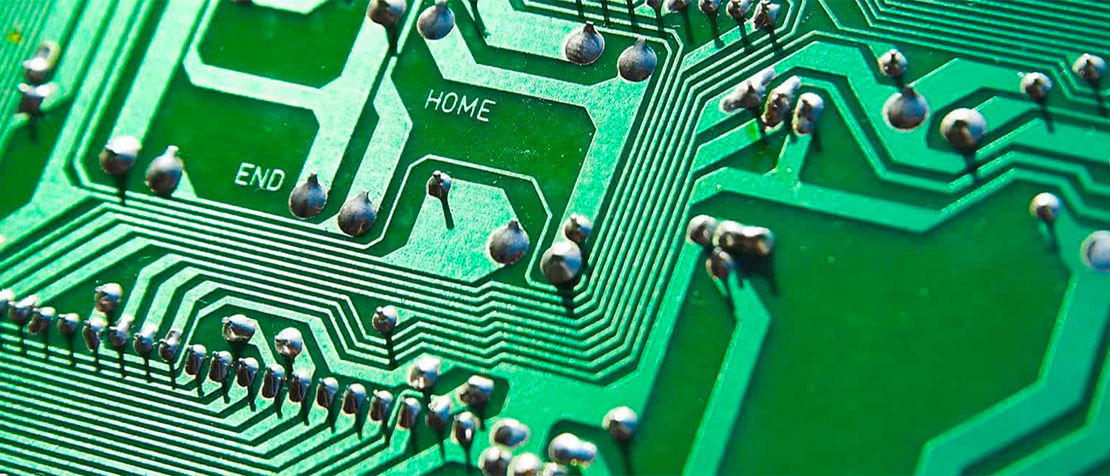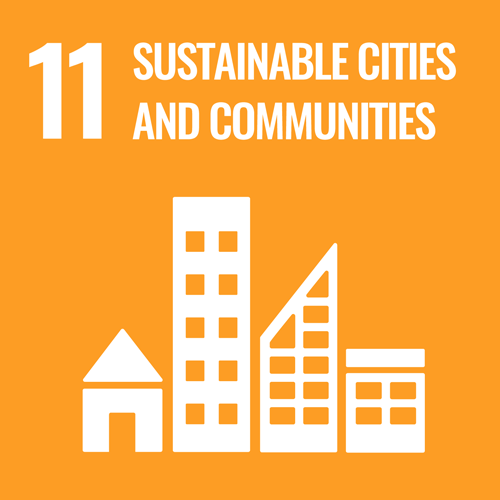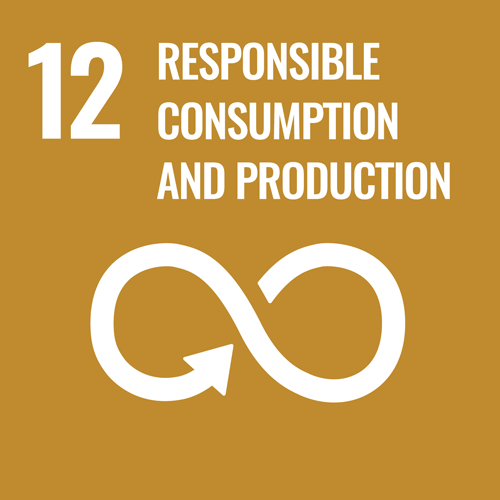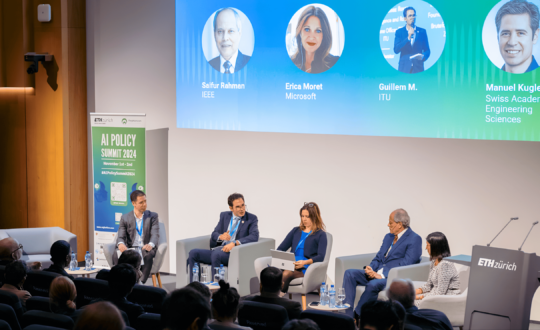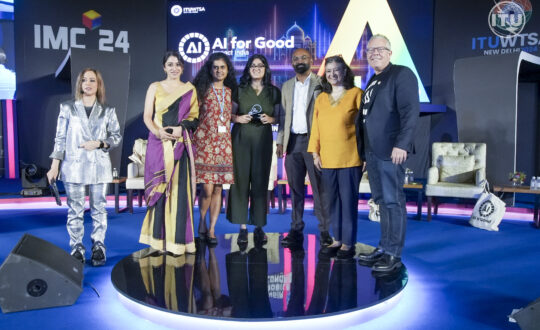The rapid adoption of artificial intelligence (AI) and emerging technologies has sparked the need for a sustainable approach able to safeguard the environment. A recent ITU workshop provided a platform to discuss environmental efficiency in the age of AI, increasing automation, and smart manufacturing.
The workshop discussed emerging technologies’ potential to contribute to climate action as part of global efforts to achieve the UN Sustainable Development Goals. It also highlighted practical tools to evaluate environmental aspects of emerging technologies and discussed the role to be played by international standardization in supporting the expansion of this toolkit.
The workshop’s discussions fed into a meeting of the ITU Focus Group on environmental efficiency for AI and emerging technologies (FG-AI4EE). The group is analyzing the relationship between emerging technologies and environmental efficiency to benchmark best practices and provide a basis for new ITU standards. “This focus group is among the first global platforms for the environmental aspects of emerging technologies,” noted Paolo Gemma, Huawei, Co-Chair of the Focus Group.
The Focus Group is open to all interested parties. Sign-up as a participant and join the mailing list on the homepage. For more information, contact tsbfgai4ee@itu.int.
Sharing a growth narrative
Using AI for environmental applications could contribute up to 5.2 trillion US dollars to the global economy in 2030, a 4.4 per cent increase relative to business as usual, according to estimates by PwC UK. Their research also found that AI-driven applications could enable a 4 per cent reduction in the worldwide greenhouse gas (GHG) emissions expected in 2030 – an amount equivalent to the expected annual 2030 GHG emissions of Australia, Canada and Japan combined.
“We need to tell a growth narrative if you are using these technologies. To get countries and companies interested, they need to know it is not only good for the environment but also good for GDP,” said keynote speaker Benjamin Combes, Innovation and Sustainability, Assistant Director, PwC UK. Studies have shown an uptick in venture capital investment in climate technology, he added.
In highlighting AI’s potential to improve environmental sustainability, Combes also acknowledged associated challenges in human capital, regulatory frameworks, data processing and management, and creating timely and scalable technology solutions.
Thinking in terms of impact
Everyone has to think about environmental impact from the start of the design process, said Co-Chair of the Focus Group, Neil Sahota, IBM and University of California. He drew attention to how technology convergence can support the achievement of environmental efficiency, making an example of the variety of technologies that meet to enable self-driving vehicles. Sahota shared how Olli, a 3D-printed self-driving, solar energy-run shuttle bus powered by IBM Watson AI, “came about because of green thinking.”
Sahota also highlighted the importance of ecosystems, noting that technology convergence leads to impactful outcomes when driven by close collaboration among experts in different disciplines. New partners are coming together to solve problems with AI with the help of platforms such as the AI for Good Global Summit, said Sahota.
AI can help to improve environmental performance but the question of AI’s environmental performance also requires careful consideration, emphasized Sasha Luccioni, Postdoctoral Researcher, AI for Humanity, at Mila – the Quebec AI Institute at Université de Montréal.
The emissions resulting from AI model training can vary up to a factor of 40 depending on the sources of energy powering an electricity grid, Luccioni said in her keynote address. Luccioni shared how software such as CodeCarbon helps estimate the emissions produced by the cloud or personal computing resources used to execute the code. She highlighted the importance of well-informed choices when it comes to picking cloud providers, noting that some large cloud providers are already carbon neutral.
Luccioni expressed hope about “more mathematical and mindful” AI and machine learning. With AI enabling possibilities such as the forecasting of the very near future – for instance, the weather expected in the coming hour – this prediction capability could hold a lot of promise for improved energy efficiency if applied to smart energy management, she said.
Luca Valcarenghi, Associate Professor at the Scuola Superiore Sant’Anna in Italy, presented a back-to-basics approach to estimate energy consumptions of AI hardware. “Energy is the product of power and time. To decrease energy, we either need to work on power produced or we need to reduce the time during which the device is working,” he asserted.
Annik Magerholm Fet, Vice Rector and Professor, Norwegian University of Science and Technology, called for a stepwise model for lifecycle assessments of technology systems and solutions. She said a bottom-up approach would result in indicators that would be both comprehensive and easy to measure.
People-centred technology
ICTs including datacentres generate up to 2 per cent of global GHG emissions and are responsible for about 7 per cent of global energy consumption, noted Paolo Bertoldi and Tiago Serrenho from the Joint Research Centre, European Commission.
They shared how frameworks such as the European Code of Conduct for Energy Efficiency in Data Centre can help guide industry towards best practices in energy efficiency. Datacentres of companies following this code of conduct have demonstrated encouraging results, they said, adding: “It is very important to stress the role of the private sector in driving this trend.”
Ying Shi of China Telecom discussed how AI could support more energy-efficient 5G base stations to reduce environmental impacts as well as operational expenditure. Shi offered insight into the ongoing work of the ITU Focus Group to describe the necessary cooperation of hardware and software and the architecture of the envisioned intelligent energy-saving network.
Salvatore Giacomuzzi – Professor at the Universities of Sopron, Poltava and Lviv, and the European Institute for Education Transformation Processes – shared how research has delivered prototype electronic chip powered by light that shrinks AI technology by imitating the way a human brain processes visual information, principally by combining logic and memory operations – a concept known as ‘in-memory computing’.
With further development, said Giacomuzzi, the prototype could enable smarter and smaller autonomous technologies that perform their functions faster, with less energy.
Giacomuzzi also advocated for the principles of digital humanism for sustainable development, highlighting the importance of a people-centred approach to technology development and application.
All presentations given at the workshop are available of the workshop’s homepage.



